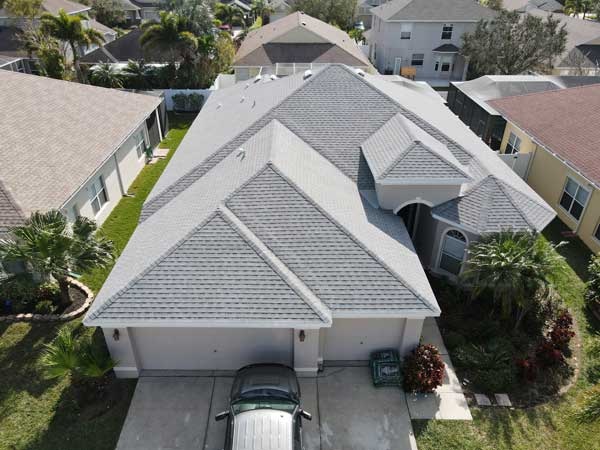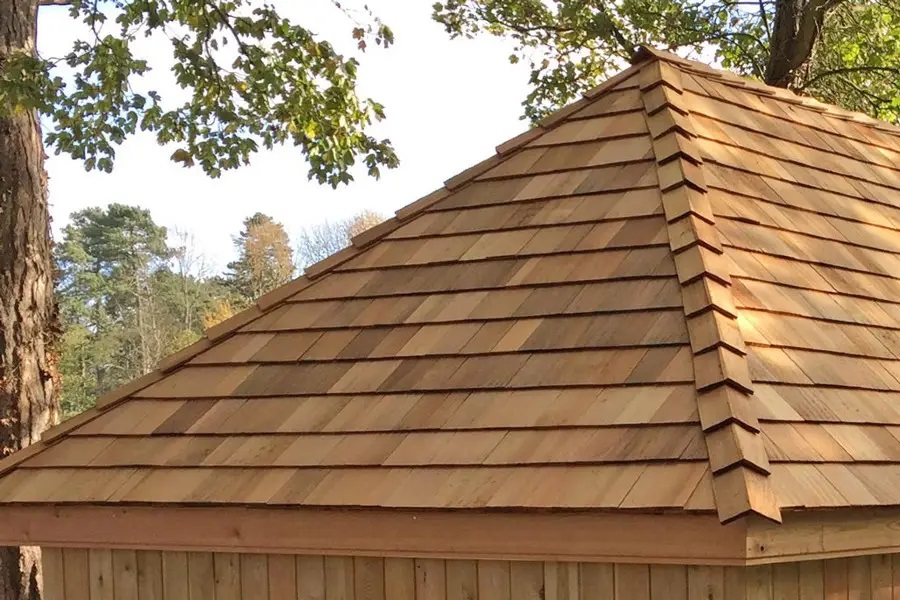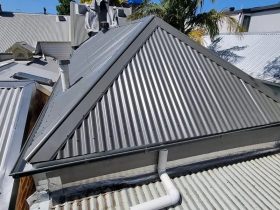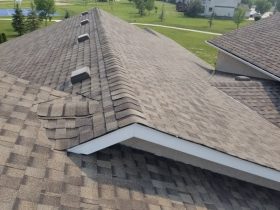Selecting the right roofing material is crucial for protecting your home and ensuring long-term durability. Climate plays a significant role in determining the most suitable roofing option. This guide will help you navigate the various choices and make an informed decision based on your specific climate conditions.

Understanding Climate Factors
Before diving into roofing materials, it’s essential to consider the key climate factors that affect roof performance:
- Temperature fluctuations
- Precipitation (rain, snow, hail)
- Humidity levels
- UV exposure
- Wind strength
Popular Roofing Materials and Their Climate Suitability
Asphalt Shingles
Asphalt shingles are the most common roofing material in North America due to their versatility and affordability.Best for: Moderate climates with occasional extreme weatherAdvantages:
- Cost-effective ($1.50 to $5.50 per square foot)
- Suitable for various weather conditions
- Easy to install and repair
Disadvantages:
- Shorter lifespan (20-30 years) compared to other materials
- Can be damaged by extreme heat or cold
Metal Roofing
Metal roofs have gained popularity for their durability and energy efficiency.Best for: Areas with heavy snowfall, high winds, or wildfire riskAdvantages:
- Long lifespan (40-80 years)
- Excellent fire resistance
- Energy-efficient, reflecting solar heat
- Can withstand high winds and heavy snow loads
Disadvantages:
- Higher initial cost ($7 to $9 per square foot)
- Can be noisy during rain or hailstorms
Clay and Concrete Tiles
These materials are popular in hot, dry climates and coastal areas.Best for: Hot, sunny climates or coastal regionsAdvantages:
- Extremely durable (50-100+ years lifespan)
- Excellent heat resistance and energy efficiency
- Salt-air resistant for coastal areas
Disadvantages:
- Heavy, may require additional structural support
- More expensive ($4 to $10 per square foot for concrete, $12 to $25 for clay)
Slate Roofing
Slate is a premium roofing material known for its beauty and longevity.Best for: Areas with severe weather conditionsAdvantages:
- Exceptional durability (100+ years lifespan)
- Resistant to fire, rot, and insects
- Excellent for high wind and heavy rain areas
Disadvantages:
- Very expensive ($10 to $15 per square foot)
- Extremely heavy, requires specialized installation
Climate-Specific Recommendations
Hot and Sunny Climates
For areas with intense sun exposure and high temperatures, consider:
- Clay or concrete tiles: Their thermal mass helps regulate indoor temperatures.
- Metal roofing with reflective coatings: Reflects solar heat, reducing cooling costs.
- Light-colored asphalt shingles: Reflect more sunlight than darker colors.
Cold and Snowy Regions
In areas prone to heavy snowfall and freezing temperatures, opt for:
- Metal roofing: Sheds snow easily and withstands freeze-thaw cycles.
- Slate: Extremely durable and can handle heavy snow loads.
- Asphalt shingles with high wind ratings: Choose architectural or premium shingles for better performance.
Humid and Rainy Climates
For regions with high humidity and frequent rainfall, consider:
- Metal roofing: Resistant to moisture and algae growth.
- Slate: Naturally resistant to mold and mildew.
- Asphalt shingles with algae-resistant coatings: Prevent unsightly streaks and stains.
Coastal Areas
In coastal regions with salt air and potential hurricane winds, choose:
- Clay or concrete tiles: Resistant to salt air corrosion.
- Metal roofing with specialized coatings: Protects against salt-air corrosion.
- Impact-resistant asphalt shingles: Better protection against high winds and flying debris.
Conclusion
Choosing the best roofing material for your climate involves balancing durability, cost, and aesthetic preferences. Consider your local weather patterns, budget, and long-term maintenance requirements when making your decision. Consulting with a local roofing professional can provide valuable insights into the best options for your specific area and home design.Remember, the right roofing material not only protects your home but can also enhance its energy efficiency and overall value. Invest time in researching and selecting the most suitable option to ensure your roof stands the test of time and weather.





